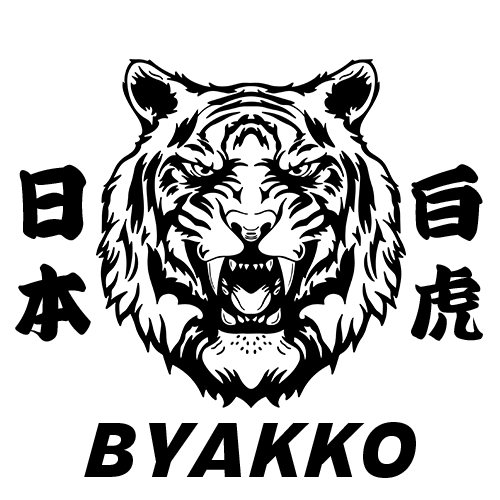Japanese culture is known for its rich history and distinctive design aesthetics. One of the fascinating aspects of Japanese interior design is the influence of different eras on the overall style and aesthetics.
Each historical period brought unique elements and philosophies that continue to inspire modern design worldwide.
Edo Era (1603-1868): Zen Simplicity and Prosperity
The Edo era was characterised by Zen-inspired simplicity and economic prosperity. Interior design during this period reflected the growth of the merchant class, utilising affordable materials like wood and paper.
These materials were not only economical but also sustainable, showcasing the Japanese ethos of harmony with nature.
Tatami mats, sliding paper doors (fusuma), and shoji screens created flexible and cost-effective room configurations. These elements allowed spaces to serve multiple purposes, a hallmark of Japanese efficiency.
The Edo period celebrated minimalism and understated beauty, with a focus on natural light, neutral tones, and a sense of calm. Traditional tea rooms (chashitsu) became iconic, embodying the principles of wabi-sabi – finding beauty in imperfection and transience.
Meiji Era (1868-1912): Western Influence and Modernisation
The Meiji era brought significant Western influences to Japan as the country embraced modernisation. Interior design evolved with the incorporation of European-style furniture and décor, reflecting a blend of tradition and innovation. This period marked the introduction of chairs, tables, and chandeliers into Japanese homes, contrasting with the traditional tatami rooms.
Despite these changes, Japanese aesthetics remained prominent. Tatami rooms coexisted with Western-style rooms, creating a unique duality within homes.
The fusion of traditional Japanese design elements, such as tokonoma (decorative alcoves), with modern Western furnishings symbolised the era's transitional nature. Public buildings and affluent homes often featured high ceilings, ornate woodwork, and stained glass, showcasing Japan's growing global outlook.
Taisho Era (1912-1926): Cultural Dynamism and Art Deco
The Taisho era was marked by cultural dynamism and a flourishing of the arts. Interior design during this time embraced the eclectic and vibrant Art Deco style, characterised by bold colours, geometric patterns, and artistic innovation.
This period also saw the introduction of modern conveniences such as electric lighting and indoor plumbing, which significantly influenced home layouts and functionality.
The blending of traditional Japanese elements with contemporary design became even more pronounced. Vibrant textiles, lacquered furniture, and decorative motifs added a sense of luxury and modernity.
This era reflected Japan's openness to global artistic trends while maintaining a deep connection to its cultural roots.
Showa Era (1926-1989): Post-war Recovery and Mid-century Modern
The Showa era witnessed dramatic transformations in Japanese interior design, influenced by the country’s post-war recovery and rapid economic growth. Early in the era, homes were modest and functional, reflecting the scarcity of resources. However, as Japan's economy flourished, interior design shifted towards the sleek and functional aesthetics of Mid-century Modern design.
Interiors incorporated clean lines, minimalist furniture, and a "less is more" approach. Sliding doors and modular furniture allowed for adaptable living spaces, catering to the needs of urban lifestyles.
By the late Showa period, Japanese homes featured modern appliances and conveniences, blending practicality with a refined aesthetic. This era encapsulated Japan's journey from recovery to becoming a global economic superpower.
Legacy of Japanese Interior Design
Japanese interior design, shaped by centuries of cultural evolution, continues to influence global aesthetics. The principles of simplicity, functionality, and harmony with nature resonate in contemporary design trends.
Whether through the minimalist ethos of the Edo era or the dynamic fusion of styles from the Meiji and Taisho periods, Japanese design remains a testament to the enduring beauty of thoughtful craftsmanship and cultural identity.
Visit our furniture product page to explore the beauty of Japanese era-inspired design for your own space.
We also have an Instagram page for some Japanese-style interior design inspirations.

